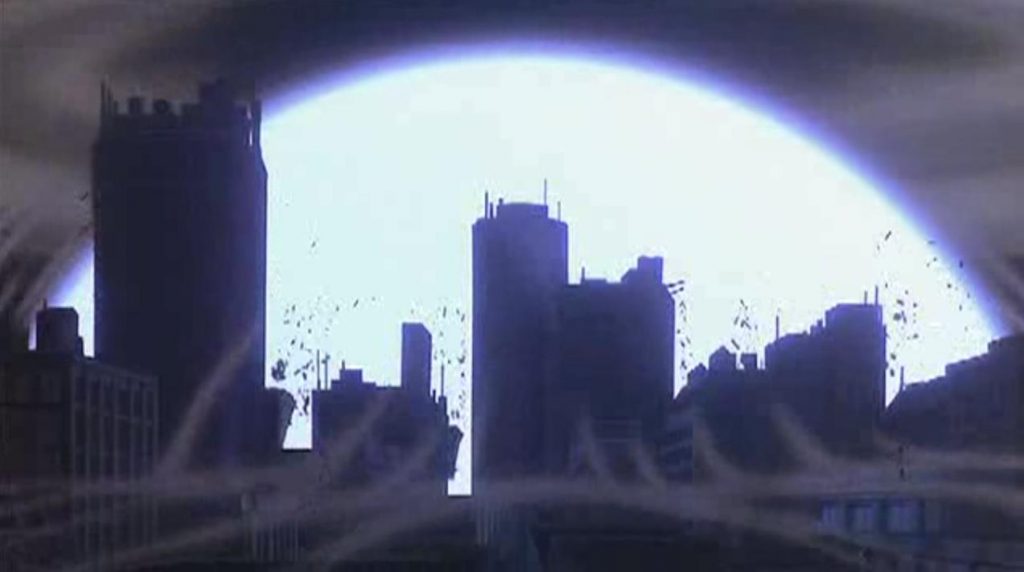
In his essay “Oh No, There Goes Tokyo”, William M. Tsutsui explains why a lot of Japanese animation handled the post-war situation and examines according to chronological order. He mentions that natural disasters and nuclear bombs at Hiroshima and Nagasaki that ended World War II has dragged directors to explore in a unique way. For instance, in the movie Godzilla, the director introduces a humongous monster in the center of Tokyo that just destroy all the skyscraper and put citizens in fear. Instead of a nuclear bomb or natural disaster, the director brought an imaginary character and audience loved it. As the audience and the director like to tackle the destruction of Tokyo, types of imagination changed but Tokyo was continuously destroyed.
Then why did people like destructive animations? “Secure horror” is a perfect diction to explain why. When people watch the complete annihilation of Tokyo, they know it will never happen in the real world. They know Godzilla will not appear suddenly like in the movie or meta-humans produced from military test destroy Tokyo. The fear of destruction stays within the movie: then fear at that moment turns to joy. Moreover, utilization of animation style contributes to building secure horror; drawings that move by frame is far from reality.
Moreover, the artists from Japan themselves are key factors in the popularity of destructive animations. The writer at the end of his essay mentions that Tokyo “was not a dystopian” nor “utopian” but as an “imagined landscape.” Artists, writers, and directors always seek inspiration; hence a lot of works are based on experiences and their imagination. For Artists in Japan, natural disasters and nuclear disaster are unforgettable events: becomes part of identity. Therefore, these events heavily affected the work of art. Artists express their part of identity by adding a layer of their own thoughts. Godzilla, Akira, Paprika, and Attack of Titan all have a common area but expressed in a totally different way. Hence, a different perspective is the factor that makes destructive animation more interesting. Artists all have similar common identity, yet their own unique imagination alters and continuously produce the work of art.
Yu Chungha (3035553135)